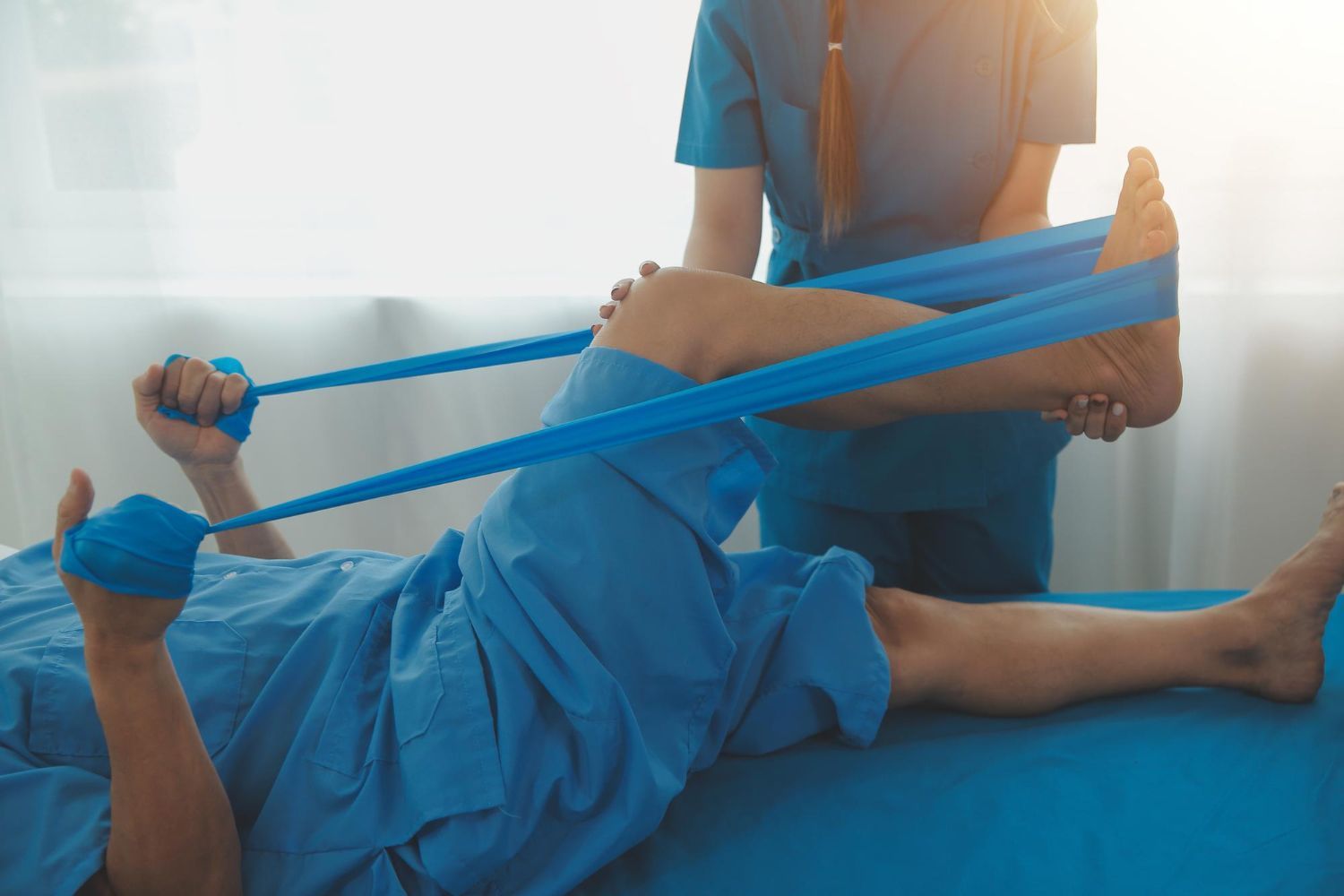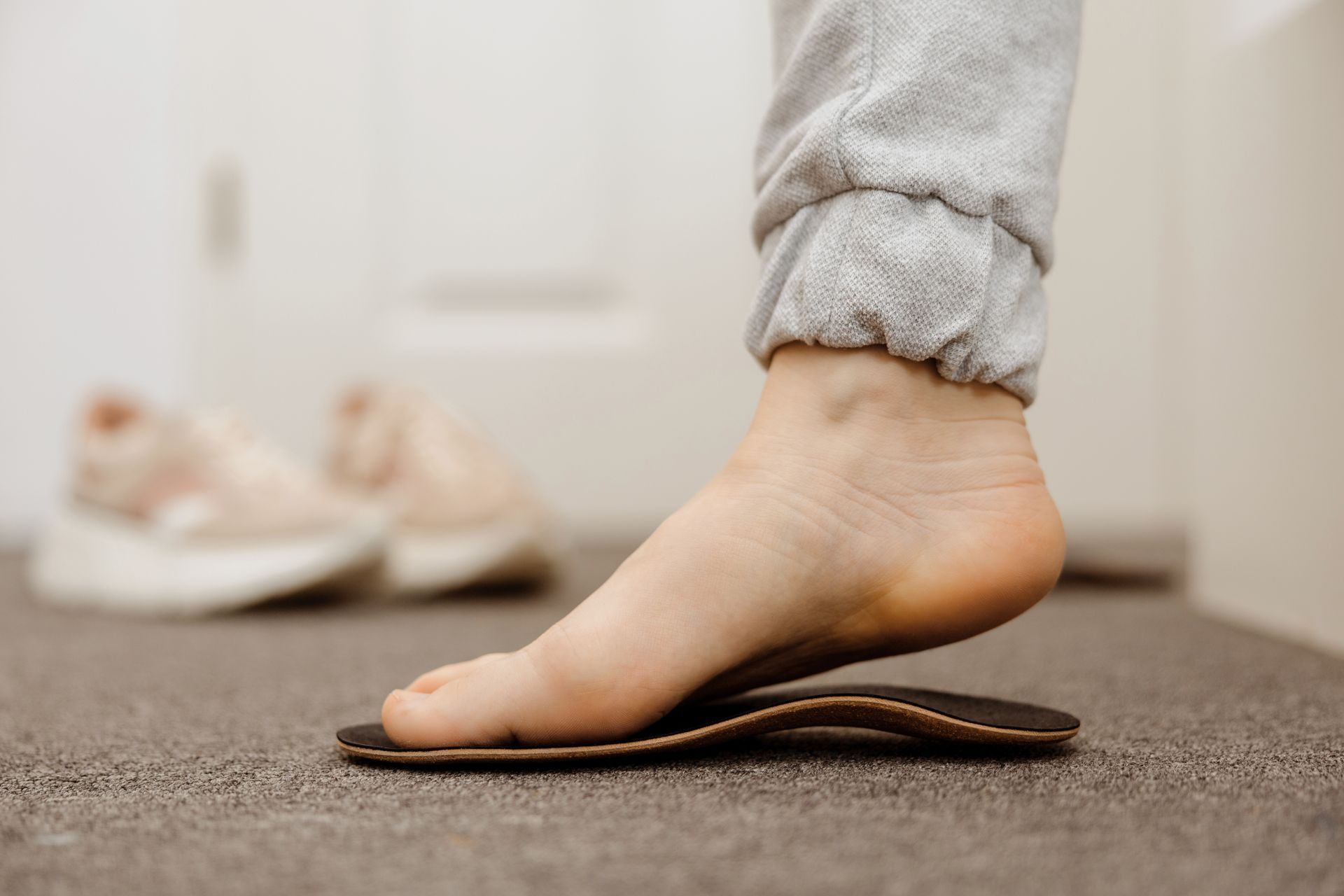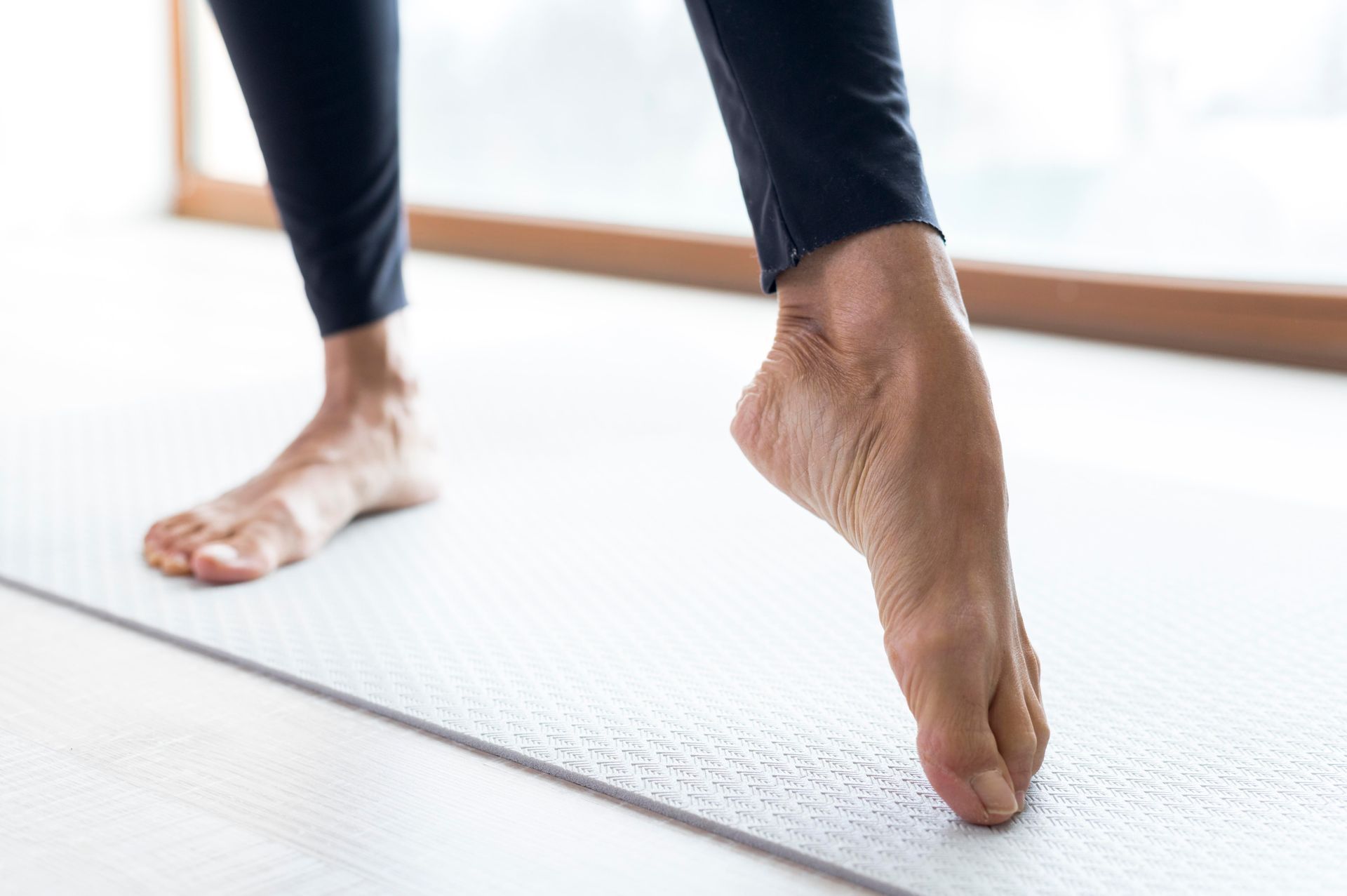Importance of Knee Replacement Physiotherapy
July 30, 2018
90 percent
of patients recovering from a knee replacement surgery report immediate relief after their procedure and Knee Replacement Physiotherapy plays an important role in providing this relief.
During the postoperative recovery period, patients experience immense pain, inflammation, and difficulty in walking normally. The surgery also causes temporary stiffness, as the body has to welcome the artificial components, which need to function naturally. Such stiffness restricts mobility, but this does not mean that the surgery has failed; it just indicates the need for Knee
Physiotherapy
.
How Physiotherapy helps after a Total Knee Replacement
Knee Replacement Physiotherapy not only subsides pain and stiffness but also prevents blood clots & constipation and improves sleep.
Knee Physiotherapy is a gradual and progressive treatment that may take a few weeks of assisted training by a physiotherapist. After six weeks, most patients will typically be able to resume driving and other day-to-day activities.
Rehabilitation ranges anywhere between three to twelve months depending on multiple factors such as age, gender, occupation, mindset and so on. Based on these factors, a physiotherapist customizes a rehabilitation plan that includes body manipulations, exercises, body positioning, and use of apparatus like crutches, walkers and therapy bands.
Slow walking, which improves mobility, is a common recommendation during the recovery phase. The Physiotherapist also provides a few exercises that strengthen the tendons and muscles around the knee. These exercises include toe and heel raises, partial knee bends, hip abductions, leg balances, step-ups, and bicycling on a stationary bike.
Other modalities included in the treatment, depending on the patients’ needs, are cold compression therapy, use of therapy bands which act as a flex, underwater treadmill, warm water whirlpool therapy, and upright bike exercises.
After twelve weeks, physiotherapists encourage you to do a full flexion and get back to your normal life.
Apart from knee pain, most patients need help in reducing the consequential lower back pain and body imbalance that comes due to poor biomechanics. Physiotherapy also focuses on reducing lower back pain and improving the balance of the body. Few patients would have arrived at a need to replace the knee due to obesity. Physiotherapists also help in moderating the body weight that obstructs mobility. The role of the physiotherapist is not restricted to just post-operative care in the case of total knee replacement. Even before the surgery, Physiotherapists assist with exercises that will strengthen the muscles around the knee. This helps in faster healing after the surgery.
Back to life
Some of the advantages of Knee Physiotherapy, experienced by most patients, are quicker rehabilitation & less downtime, better range of motion and movement, shorter hospital stays, less blood loss, lower risk of infection, stiffness and blood clots.
The aim of Knee Replacement Physiotherapy is to get you back to a normal lifestyle. It helps you become independent once again while minimizing pain.










